Making paint in art history: it’s not all about aesthetics - sometimes art history is about getting underneath the layers of paint and discovering its secrets, discovering what Art is, physically, and how that can affect our interpretation and appreciation of works.
The Upper Sixth are exploring the notion of materiality (what art is made out of) and its relationship with History of Art. Understanding the process of making oil paint will not only enhance students’ understanding of different periods and styles, in this case the Renaissance, but will develop their appreciation of the physical process of making art. Art on the gallery wall can appear cold and academic; exploring the physicality brings the work as object into sharper focus.


The process of making oil paint as it was made in the Renaissance: we started by placing the Venetian colour pigments onto a glass palette. Then we added the cold-pressed linseed oil and, using a glass muller, grounded and worked the pigments into the oil to form an oil paint. The boys mixed the pigment to make their own colours - some were more successful than others but all appreciated how difficult and time-consuming preparing paint in this way really was! The vibrancy of Venetian pigment and colour in the Renaissance is rightly celebrated. It is not just in the making of the paint but in its application: thin layer upon thin layer, so that ultimately it forms the jewel-like colours hanging on church walls.


Next term, we shall be making egg tempera and painting on plaster as revision for Sixteenth Century Renaissance frescoes! Art History at Sherborne is closing the gap between the academic discipline and the practicalities of making, in ways that bring the workshop studio to life.
Keogh Connelly
History of Art Teacher





.jpg?command_1=resize&height_1=85)



.jpg?command_1=resize&height_1=85)


